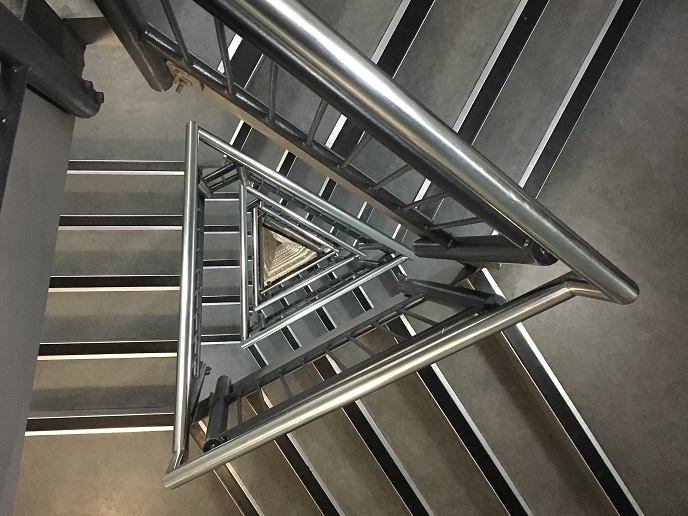Ensuring safety standards in stainless steel structural designs
According to Esther Real, co-coordinator of the New GeneSS project, one of the hallmarks of the stainless steel frames used in building and industrial construction, is that each component is evaluated individually. This, she argues, often results in time-consuming and overly simplistic designs. “Structures actually work more like organisms, with beams, columns and their connections, all interacting. When loads can’t be resisted by some elements, these loads are transferred to other elements. Traditional designs miss this dynamism,” explains Itsaso Arrayago, project co-coordinator. The New GeneSS project, undertaken with the support of the Marie Skłodowska-Curie Actions(opens in new window) programme, set out to contribute to the recent trend towards the more holistic Direct Design Method(opens in new window) (DDM). Using advanced simulation software, the project calibrated the safety factors necessary to ensure that structural risks lay within tolerance limits stipulated by European regulation. The team also developed a design manual, tailored to engineers and architects.
Setting safety standards
Recent advances in structural analysis software have made it possible for designers, guided by DDM principles, to accurately predict the behaviour of entire complex structures. Yet, prior to the New GeneSS project, no safety standards had been established to ensure that designs met European safety requirements. To develop safety guidance, the project team collated data about stainless steel structures, especially regarding materials, dimensions and geometric properties. “We had been expecting data from stainless steel producers, but the pandemic forced us to pivot to gathering data from previous studies, reinforcing the importance of always storing and reporting data. You never know when it may be useful to others!” notes Arrayago from the Polytechnic University of Catalonia(opens in new window) (UPC), the project host. The data was used as input for computer simulations – finite element software(opens in new window) Abaqus(opens in new window) – which evaluated the probability of structural failures under different scenarios. After building an accurate 3D model of varied structural frames - with different geometries and sections – the team applied various loads. Regulatory codes – with equations that account for a range of structural heights, weather conditions and geographical locations (amongst other criteria) – were applied to determine the likely structural response. “We wanted to determine the maximum load that each structure could support before collapsing, to estimate its ‘failure probability’. Safety parameters were gauged after artificially rendering structures less resistant and loads much higher, than would be the case in reality,” adds Real. A total of 8 000 virtual tests were conducted in total.
Multiple benefits
The project’s contribution helps reduce the time needed to design safe, innovative and more efficient stainless steel structures. “According to our analysis, using this new Direct Design Method with our guidance saves, on average, around 15 % in materials compared to more traditional current methods, with reductions of up to 23 % in some cases,” notes Arrayago. Not only does this mean that structures are cheaper and faster to build, but by avoiding some of the carbon emissions associated with materials production, they are also less environmentally damaging. The project’s guidance(opens in new window) for engineers and architects, specifically tailored to meet European, American and Australian standards, is now freely available. “While DDM is still at a development stage and not yet included in European stainless steel construction codes, our safety guidance can already be used. There are efforts under way to integrate DDM into European codes and make them available to designers. But we need further investigation into other materials, to ensure consistency across all European design specifications,” says Real. The team is now extending their guidance for safe DDM to regular (not stainless) structural steel fabrications, as well as expanding the system-based design paradigm to structures beyond frames, such as bridges.







